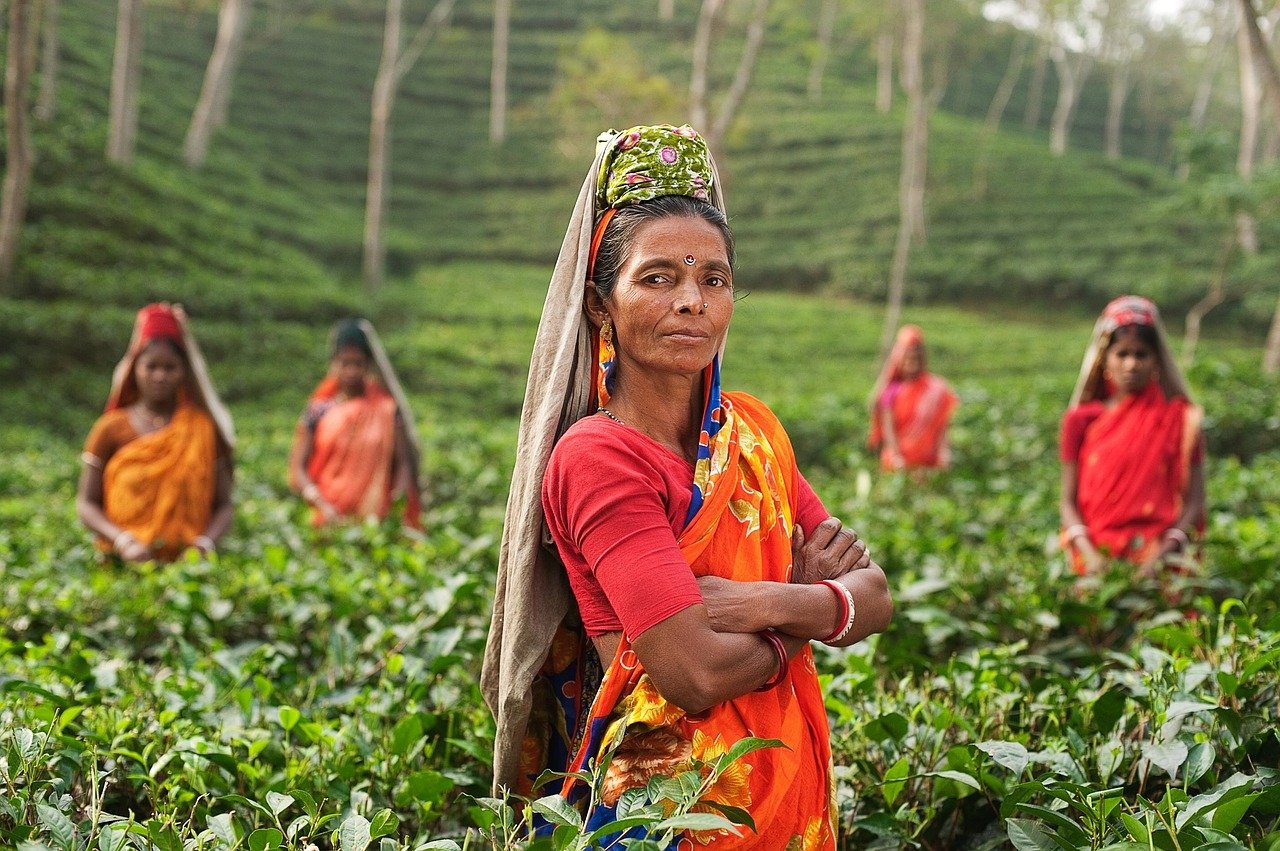The Supreme Court of India on 12th January 2021 stayed the three controversial farm laws and ordered the constitution of an expert committee to deliberate and facilitate dialogue between the farmers and Government. The stay order of the apex court comes at a time when petitions challenging the constitutionality of the laws are already before it, and unheard.
The Supreme Court’s Order stated the farmers and government are not making appreciable progress in resolving the issue amicably. The Court expressed concern for the senior citizens, women, and children protesting despite the threat of COVID-19 and low temperatures. The Court also conveyed dismay over the death of people by suicide or due to illness acquired at the protests.
The Court believes that the aforementioned Expert Committee will be able to create a “congenial atmosphere and improve trust and confidence of the farmers”. And to that end, the Court also stayed the implementation of the farm laws temporarily to “assuage the hurt feelings of the farmers and encourage them to come to the negotiating table with confidence and good faith.” Even though the Attorney General of India contested the stay, the Supreme Court cited precedent to stay the implementation of the laws.
The Court also ordered all the farmers’ bodies to mandatorily attend the deliberations of the committee.
A mere cursory reading of the Order reveals that the intervention of the Supreme Court has more to do with the protests of farmers than the farm laws themselves. This raises fundamental questions on the division of power between the judiciary and executive branches of the government, especially considering that the separation of the judiciary from the executive is enshrined in the constitution under Article 50.
It was not the stay or the constitution of the expert committee per se which blurred the division of powers, but rather the intention and reason behind the stay and constitution of the committee.
Even though the Supreme Court has the power to stay executive actions, the reason for staying the law becomes crucial. In the instant case, the stay order is to facilitate peaceful negotiation between the Government and the Farmers; with no remark on the constitutionality of the laws or parliament’s competency to pass those laws.
The function of the Supreme Court is not to facilitate negotiations or to become a middle man. The primary function of the Supreme Court is to do justice, and as Chief Justice of India said: “Let Justice be done though the heavens may fall”.
Dispensation of justice is the primary function of the judiciary, come what may; and everything else is ancillary to it. However, staying a law to “assuage the hurt feelings of the farmers”, is encroaching upon the function of the executive.
The act of facilitating negotiation and arbitration is a matter within the domain of the executive government.
Supreme Court should have rather directed the government to conclude negotiations within a specified time period. Or it could have taken cognizance of human rights violations and ordered the government to make arrangements for the safety of the protesting farmers.
Justice Katju in Aravali Golf Club vs. Chander Hass (2008) eloquently summarized the argument against the intervention of the courts in the function of other branches of the State:
Judges must know their limits and must not try to run the Government…There is broad separation of powers under the Constitution and each organ of the State- the legislature, the executive and the judiciary- must have respect for the others and must not encroach into each other’s domains
The Supreme Court of India is one of the most respected institutions in the country. It has used its extraordinary powers to ensure delivery of justice, and rightly so. It laid down the famous Vishakha Guidelines against Sexual Harassment at Workplace due to the absence of parliament legislated laws. The court has actively intervened to protect the rights of under trial prisoners, and street hawkers.
However, judicial activism must not turn into judicial mis-adventurism. The Apex Court’s intervention must be limited to matters where there are blatant violations of human rights. Mere absence of executive action should not spur judicial activism. In the ongoing farmers’ protest there is no instance of gross violation of human rights or fundamental rights. Moreover, in India there is a presumption of constitutionality of a law.
The executive government has failed to convey its message and convince the farmers. However, it’s not the duty of the court to aid the executive, irrespective of its bona fide intentions.
Nikhil Erinjingat is a 4th-year law student at Ramaiah College of Law, Bangalore, India.
Suggested citation: Nikhil Erinjingat, Blurring the Line of Separation of Power: Indian SC’s Intervention in Farmers’ Protest, JURIST – Student Commentary, February 7, 2021, https://www.jurist.org/commentary/02/2021/nikhil-erinjingat-india-supreme-court-farmers-protest/.
This article was prepared for publication by Kanak Mishra, a JURIST staff editor. Please direct any questions or comments to Kanak at commentary@jurist.org


